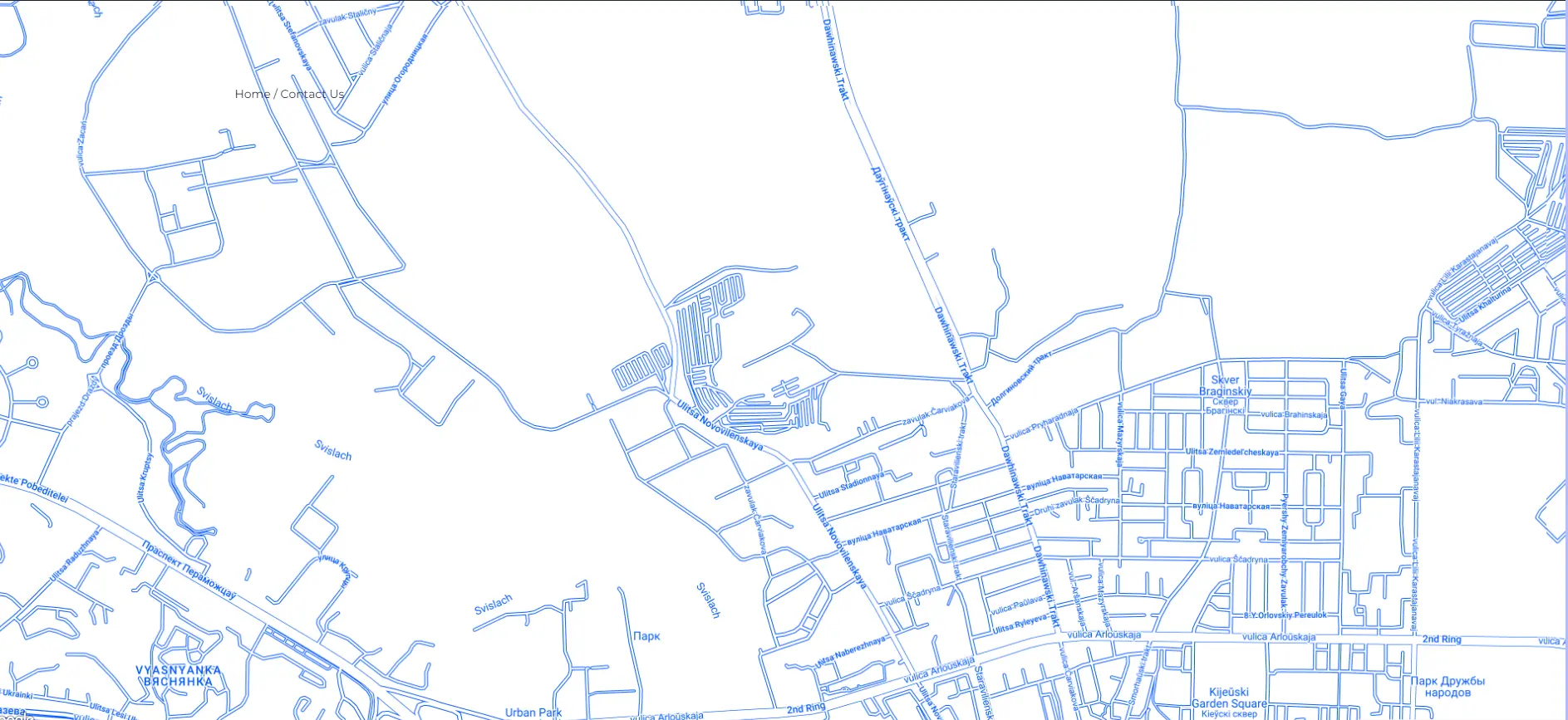License revocation is one of the most serious sanctions a company operating in a regulated sector can face. Such a decision effectively halts business operations: it prohibits providing services, signing new contracts, and in some cases, even using equipment and facilities. For many businesses, losing a license becomes a critical moment, especially if the licensed activity was their main source of income.
However, having a license revoked does not always mean the end of operations. It is important to understand that organizations still have legal mechanisms to protect their rights from appealing the regulator’s decision to restore the license after addressing violations. Taking competent action early can minimize the impact and significantly speed up the process of regaining the license.
This article explores the situations in which a company may be stripped of its license, how to act properly upon receiving such a notice, the common mistakes that prolong the restoration process, and the steps that can help recover the license and rebuild market reputation.
When Can a Company Be Stripped of Its License
License revocation is one of the most severe sanctions that can be applied to a company operating in a sector that requires special authorization. Typically, this decision follows systematic violations or disregard of regulatory directives. To understand the risks and prevent license loss in time, it is essential to know the main grounds for revocation.
Violation of licensing conditions and requirements
Licenses are granted on the condition that specific requirements are met for example, having qualified personnel, appropriate technical resources, premises, and internal documentation. If an organization ceases to meet these conditions, the regulatory authority has the right to suspend the license and, if violations are not corrected, revoke it. Such cases often occur due to changes in staff, technical resources, or failure to follow internal regulations.
Failure to comply with regulatory directives
After identifying violations, the licensing authority issues an order to correct them within a set timeframe. If the company fails to take action, does not report compliance, or provides only formal responses, it is considered a breach of licensing requirements. Repeated noncompliance almost always leads to license revocation, especially if the violations involve safety, labor protection, or consumer rights.
Providing false information during licensing
During the licensing process, authorities pay close attention to the accuracy of the submitted documents. If it is later discovered that the applicant provided false information such as fictitious data about employees, equipment, or operational conditions the license may be suspended. Such cases are considered serious violations, undermining trust in the applicant and potentially prohibiting future license applications.
Repeated violations and major operational errors
Even with a valid license, an organization must continually comply with established rules. If violations occur repeatedly or have significant consequences such as causing damage to clients or breaching safety standards the licensing authority may revoke the license. Often, the cause is not malicious intent but insufficient internal controls or untimely updates of regulatory documentation.
In conclusion, license revocation is not a sudden decision but the result of accumulated violations or inaction by the company. Preventing such a situation is possible through regular internal audits and timely responses to comments from supervisory and licensing authorities.
How the License Revocation Procedure Works
The procedure for license revocation is regulated and designed to give a company the opportunity to correct violations. However, if an organization ignores directives or fails to take adequate measures, the license may be revoked. Understanding the stages of the procedure helps to prepare for inspections and minimize risks.
Stage 1. Inspection and Identification of Violations
The process usually begins with an inspection by the regulatory authority either scheduled or unscheduled. During the inspection, authorities assess whether the company complies with licensing requirements, reviewing documentation, equipment, and staff qualifications. Based on the inspection results, an official report is prepared, noting the violations found and providing recommendations for their correction.
Stage 2. Issuance of a Directive and Deadline for Correction
If the violations are confirmed, the regulatory authority issues a directive, an official document specifying the corrective measures required and the timeframe for their completion. Typically, a company is given several days or weeks to address the issues and must provide evidence of compliance, such as updated documents, photographs, copies of orders, or reports. If the deadline is missed or the response is merely formal, the authority may proceed to the next stage the initiation of the license revocation process.
Stage 3. Decision on License Revocation and Its Consequences
After reviewing all materials, the regulatory authority makes a decision: to suspend the license, revoke it entirely, or deny revocation if the violations have been corrected. Revocation means the company loses the right to conduct the licensed activity. From this point on, it is prohibited to enter into new contracts, provide services, or advertise using the license. Violating these rules may result in administrative or even criminal liability.
When the Decision Takes Effect and How Quickly to Respond
A license revocation decision takes effect either from the date it is issued or the date specified in the document. From that moment, the company must cease the relevant activity. However, the company has the right to appeal the decision first administratively, then in court. Filing an appeal promptly can suspend the enforcement of the decision until it is reviewed. This is why swift action is critical: gather documents, evidence of corrected violations, and seek legal assistance immediately.
In summary, the license revocation procedure consists of several stages, and at each stage, a company has a chance to retain its authorization if it responds correctly and establishes a well-supported position.
How to Appeal a License Revocation Decision
Being stripped of a license does not necessarily mean the decision is final. The law provides the opportunity to appeal both administratively and in court. Proper use of this mechanism can suspend the enforcement of the decision and, in some cases, fully restore the license.
Authorities to Submit an Appeal
The first step is usually to approach the higher-level authority that oversees the licensing body. This administrative appeal allows the decision to be reviewed without going to court. If the organization believes the decision was procedurally flawed or unjustified, it has the right to go directly to court. Judicial proceedings provide a more thorough examination of the circumstances, allow submission of evidence, and offer an independent evaluation of the case.
Deadlines and Filing an Appeal
Appeals or lawsuits must be filed within the legally established timeframe typically a limited period from the date of receiving the license revocation notice. Missing this deadline can result in the appeal being dismissed. Therefore, it is crucial to record the date upon receiving the decision, gather documents, and prepare a well-reasoned statement. In some cases, lawyers file a motion to suspend the enforcement of the decision until the review is completed, allowing the company to continue operations temporarily.
Required Documents and Evidence
An appeal or lawsuit should include a copy of the license revocation decision, inspection materials, correspondence with authorities, and evidence of violations being corrected (e.g., acts, reports, expert conclusions). It is also important to provide documents demonstrating that the company complied with licensing requirements or had valid reasons for temporary noncompliance. A well-prepared evidentiary package is often a key factor in obtaining a favorable decision.
What the Court or Licensing Authority Considers
When reviewing an appeal or lawsuit, authorities analyze not only the fact of the violation but also the procedural aspects of whether the inspection was conducted correctly, whether notification deadlines were met, and whether the company was given the opportunity to correct the violations. The reviewing authority also evaluates the severity of the violations and their impact on safety and consumer interests. If it is proven that the violations have been remedied and the control measures were excessive, the revocation decision may be overturned.
In conclusion, appealing a license revocation is not a mere formality but a fully-fledged tool for business protection. With proper preparation and professional legal support, a company has real chances to regain its license and restore its business reputation.
LLC in Belarus
Register an LLC in Belarus quickly and securely with full legal support at every stage!
How to Restore a License After Correcting Violations
Losing a license does not always mean a company can never continue its operations. If the violations have been corrected and the company can demonstrate compliance with requirements, the license can be restored or reissued. The key is to act systematically and provide documented evidence that there are no longer grounds for sanctions. Below is a step-by-step approach to restoring a license.
Step 1. Prepare Supporting Documentation
The first step is to gather evidence that the identified violations have been addressed. This may include inspection reports, expert evaluations, contracts confirming corrections (e.g., implementation of a control system, staff training, replacement of equipment). It is essential that the documents are official and properly executed. Internal orders and policies demonstrating that the company has changed its approach to meeting licensing requirements should also be included.
Step 2. Submit a New Application and Verification of Compliance
Once the documentation is prepared, a new application is submitted to the licensing authority. Essentially, the company goes through the licensing procedure again, but with prior experience and a clear understanding of the requirements. The licensing authority reviews the completeness of the submitted information, may request additional data, or conduct an on-site inspection. At this stage, it is crucial to strictly adhere to deadlines and provide comprehensive information to avoid delays.
Step 3. Common Challenges in Re-Licensing
One of the most common issues is incomplete correction of violations for example, addressing only formal aspects without resolving systemic issues. Companies may also face refusal due to document errors or discrepancies between new operations and the declared activities. Additional difficulties arise if a significant amount of time has passed since the license was revoked, and licensing requirements have changed. In such cases, internal processes must be adapted to meet updated standards.
How Long the Restoration Process Takes
The timeframe for license restoration depends on the type of activity and the company’s readiness to provide all necessary documents. On average, the process takes from several weeks to a few months. If the inspection finds no issues and the documentation is prepared correctly, the new license may be issued much faster. However, acceleration is only possible through full compliance, not through a formal or superficial approach.
Conclusion
Restoring a license offers a business the opportunity to start fresh and demonstrate reliability and responsibility. With professionally prepared documentation and legal support, a company can regain its operational rights and restore trust with partners and regulatory authorities.
The key is to act promptly upon receiving the revocation decision, carefully review the grounds for the license removal, and develop a clear plan to address violations. Well-prepared documents, a reasoned position, and consistent interaction with the licensing authority significantly increase the chances of successful restoration.
AMBY Legal provides comprehensive support at every stage from analyzing the causes of license revocation and preparing appeals to handling documentation for re-issuance. We help companies protect their rights, minimize reputational and financial risks, and regain their legal right to operate.
Timely consultation with professionals helps avoid mistakes and save time because in licensing matters, every detail matters.
Contact us
If you have any questions related to the license restoration process in Belarus, we will be happy to help! Our long-term experience will help you choose a lawyer to represent your interests.
- +37529142-27-19 (WhatsApp, Viber, Telegram);
- info@ambylegal.by.





